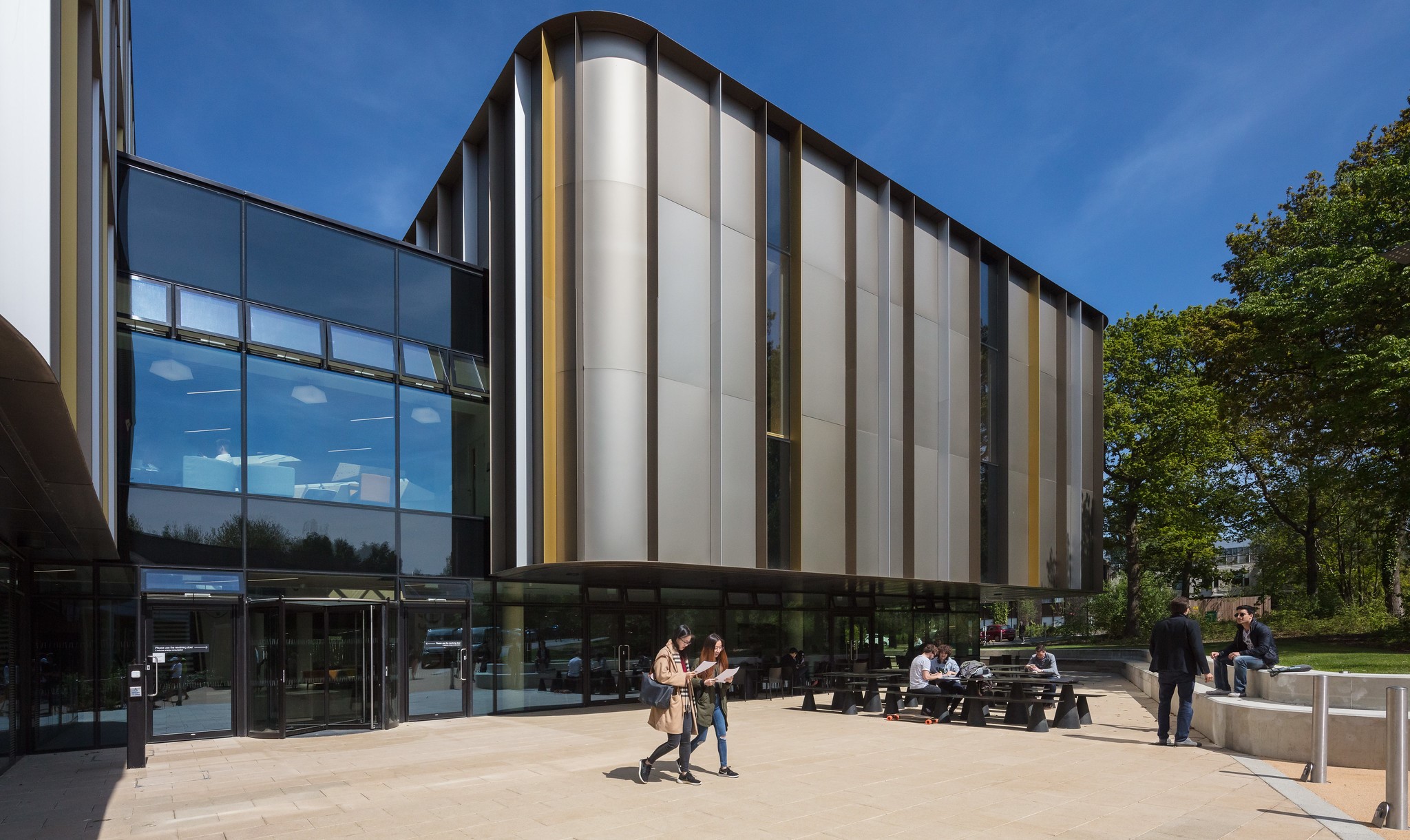When you think of a designer, you’d be forgiven for picturing the stereotypical image of a young spectacled freelancer, typically sketching a colourful and aesthetically pleasing object, always within close proximity of any Apple product, and ideally coffee. UX designers are perceived in the same way, yet may be the most value-oriented and client-focused member of any team. Desirable mindset? Absolutely, yet it should not be limited to this role. UX is the next crucial soft skill, which all team members should embrace.
Functional form, not form over function
User experience (UX) can be many things (and not many others), but most frequently is a term used to refer to the interactions and outcomes users have with a (not necessarily, but often digital) product. Design legends Nielsen & Norman say user experience encompasses all aspects of the end-user’s interaction with the company, its services, and its products
The average UX designer will therefore analyse the target user using a set of tools to ensure their expectations are met by the product. Yet this role tends to be present only at early stages of the product lifecycle, and seldom is iterated during the production process or internalised by the project/product manager (let alone other team members). This can lead to the user being forgotten along the way, affecting product usability, and wasting resources producing useless features.
UX is therefore not just a step of the value creating process, it should be an underlying mindset. Good UX mechanisms are an iterative driving force for cross-functional communication and product excellence.
By considering user expectations in both normal and exceptional circumstances (i.e., when something goes wrong), appropriate responses can be designed: a step beyond test-driven development, as not only functional requirements are assessed, but also the emotional outcome of the user. This allows for the designed product to be not only usable, but also useful in all circumstances. Understanding the user is crucial for disruptive innovation, as only features which elicit a positive experience will be perceived as valuable.
Embracing UX
Learning to have a UX mindset will not replace the role of the UX designer, but rather improve the development process by shifting focus from product delivery to value provision. It is also a high potential ROI way of managing project risk.
Furthermore, large projects can benefit from UX by improving communication and providing clearer direction, as UX can be both internal (team members) and external (end-users). So, what are the characteristics of a UX focused individual?
Empathetic: understanding the user means being able to identify a range of emotional responses to experiential stimuli. It also means putting the user first by identifying common requirements and use types, as well as predicting inconveniences and opportunity costs.
Knowledgeable: user research is a continuous learning process, unveiling new behaviours and analysing new product usage flows. There are also many misconceptions about users and their requirements, which need to be constantly reevaluated due to advancing technologies.
Critical: confirmation bias is an extension of developer bias, by which a team reinforces its own beliefs by resonating similar opinions in a professional echo chamber. Questioning the status quo can refocus the discussion towards the user, rather than promoting team preference.
Insightful: the ability to abstract viewpoints in favour of a holistic product view allows for a focus on value rather than features. Successful design is based on solutions to tangible user problems, and will not need to be “sold”, as pain points are expected to be solved as part of the product lifecycle.
Meticulous: attention to (if not an obsession with) detail helps identify all aspects of the user experience, and allows for the rooting out of over-simplification/minimalism, favouring clarity instead. The attentive eye will see where small changes can have an important impact on product usability.
User-centric design is top priority
It’s perfectly acceptable for someone to not instinctively have these characteristics, but awareness can already go very far. UX currently tends to be restricted to the domain of Human-Computer Interaction, yet many concepts are derived from other areas, such as business and the wider services industry. More companies (in all industries) are now starting to understand the value of UX, and hiring UX designers on a contractual basis to solve usability problems. But this is a short-term solution to a long-term trend: user-centric design is a top priority, and should be embedded in company strategy, if not culture, instead of relegating it to a role. Communication skills and teamwork are a given, the next crucial soft skill is UX.
There are many resources which delineate common tools, methods, and practices used in UX. I highly recommend: the UX honeycomb as an introduction, the point on user mistakes as an example of good user design, and this document containing design methods for services.
This article was written by Manuel Crepin a Kent Business School alumnus and was originally published on LinkedIn Pulse. Manuel studied BA (Hons) in International Business and is currently studying his MSc in Computer Science at University College London.
Alumni Blogger:
Manuel Crepin 
Manuel studied BA (Hons) in International Business and is currently studying his MSc in Computer Science at University College London.

